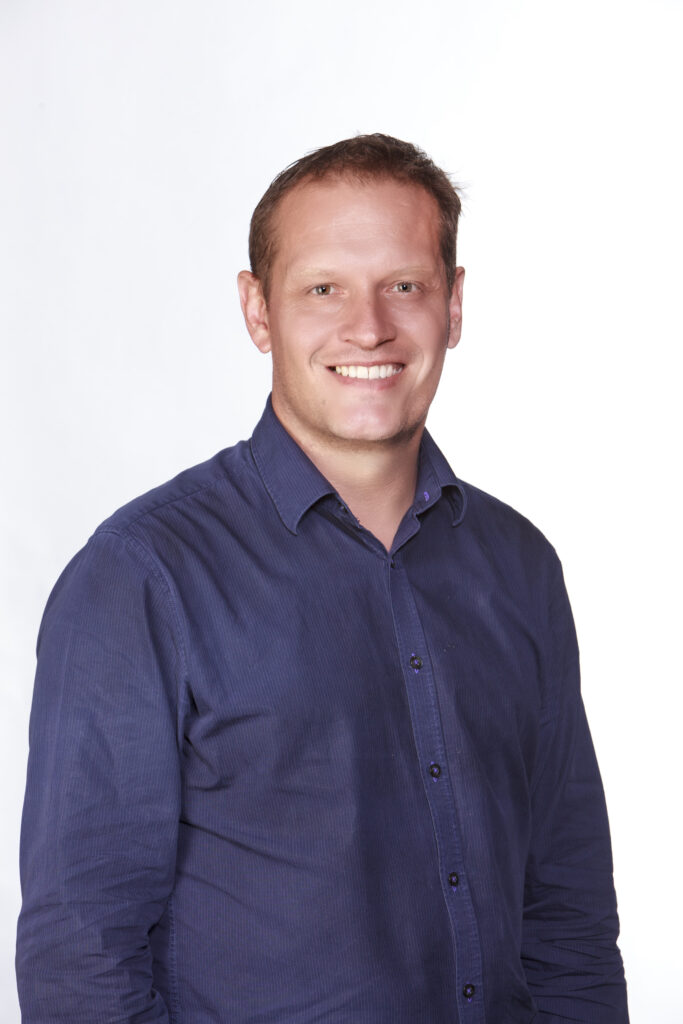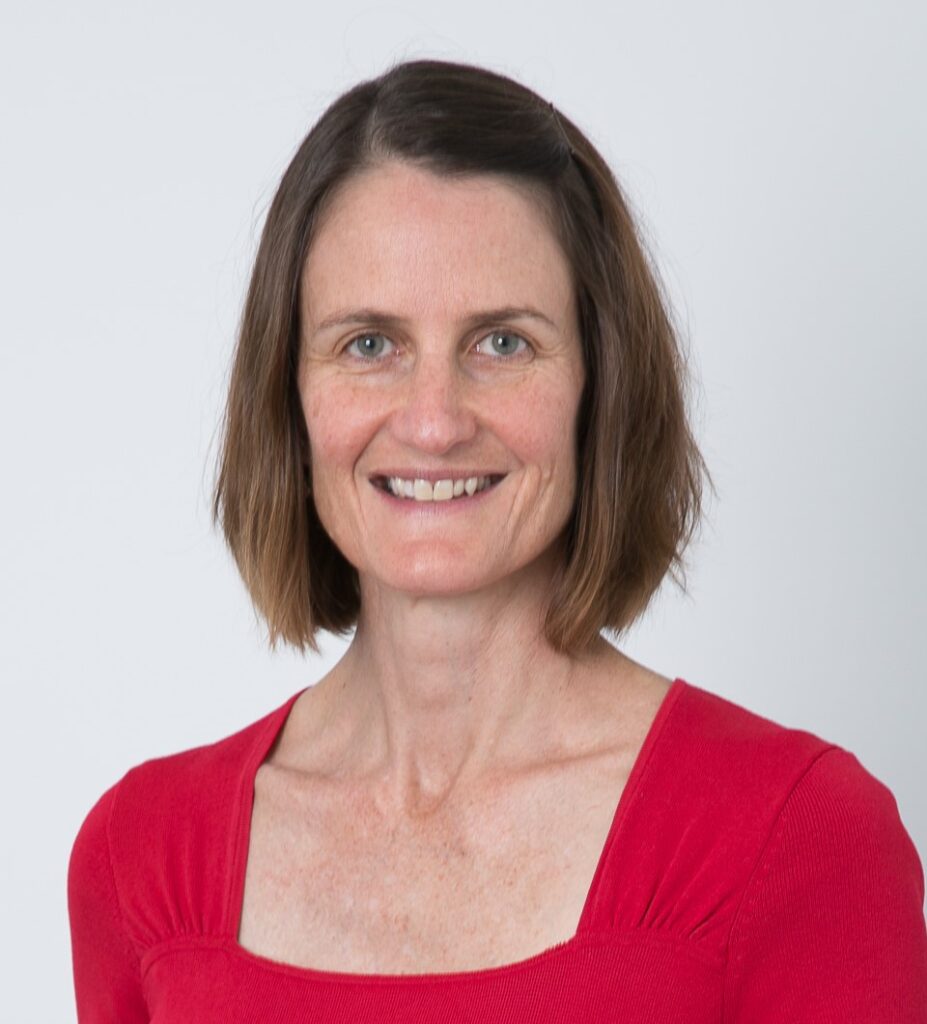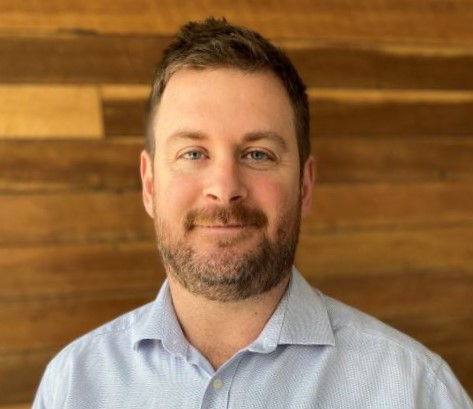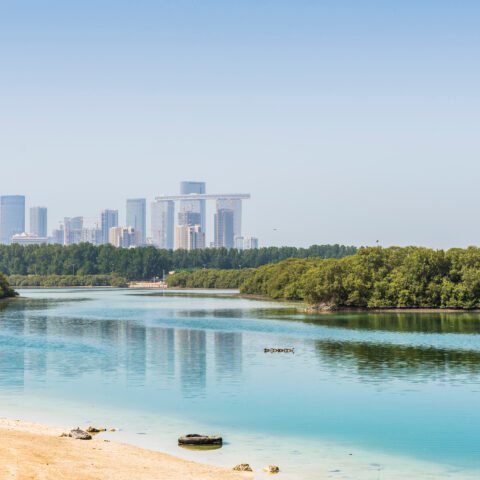Video
Applied hydrodynamic modelling – Part 1
Two case studies demonstrating the use of hydrodynamic modelling as a tool for environmental management decision making
About
Two unique case study examples where modelling is used as a tool to assist in the management of anthropogenic point source pollutants / disturbances on receiving waters are presented. One focuses on water quality, the other on suspended sediment transport.
Register to learn about these novel applications, and the unique types of modelling that were employed. The presenters will share lessons learnt and discuss key aspects of the modelling that were important for successful project execution.
Case Study 1: Water Quality Modelling – Abu Dhabi
During a comprehensive capacity building program developed for Environment Abu Dhabi (EAD), modelling tools were developed to explore a range of management scenarios to improve water quality within Mussafah Channel.
Mussafah Channel is an important access route for the industrial precinct south of Abu Dhabi city to the Arabian Gulf. Historically excess nutrients have been known to cause harmful algal blooms (HAB) and significant fish kill events in the surrounding waters. There are several industrial discharges into Mussafah Channel including the significant Industrial Effluent Treatment Plant (IETP) servicing the Mussafah Industrial District that contribute excess nutrient loads. The modelling focussed on the IETP to assess how a range of future possible management scenarios could alter nutrient loads, subsequently reducing the likelihood of future algae blooms and fish kill events.
Case Study 2: Suspended Sediment Modelling at the Port of Gladstone
As part of the conditions of approval for the Clinton Vessel Interaction Project, the Gladstone Ports Corporation were required to measure the total quantity of fine-grained suspended sediment released to the marine environment during dredging operations. A combination of monitoring and modelling was used to develop a comprehensive assessment of the dredging-related suspended sediment released.
Several complementary measurement techniques were used to record suspended sediment concentration in the water column near the dredge, including water sampling, optical sensor measurements and boat mounted ADCP instruments. Numerical modelling was used in combination with the measured data to provide a more accurate estimate of the release rate by accounting for the spatial and temporal variability of the plumes resulting from dredge activities. The combination of monitoring and modelling is a powerful environmental management tool as aptly presented in this case study from the Port of Gladstone.
Presenters
Emma McCall
BMT
Paul Guard
BMT
Cathie Barton
WRM Water & Environment Pty Ltd
Mitchell Smith
TUFLOW (BMT)







